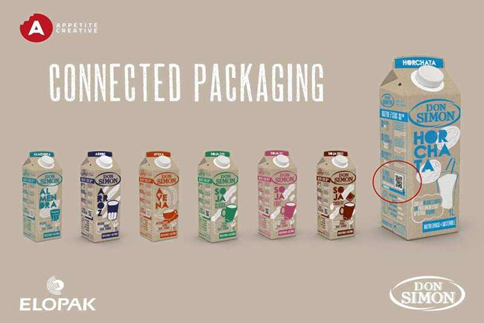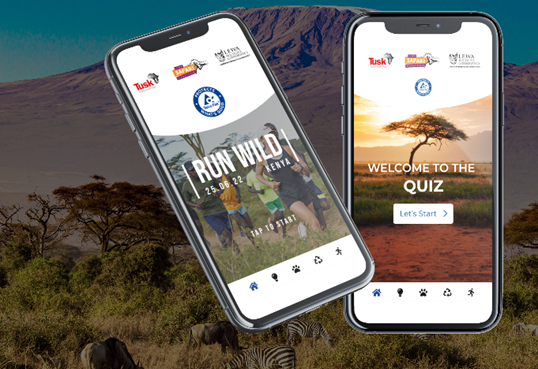Governments around the world are currently trying to slow down climate change and protect the earth. They want to motivate people to change their behaviour and pay more attention to the environment in their daily lives. The goals are to reduce demand, change the lifespan of goods and increase reuse and recycling.
There are two main behavioural barriers people face when trying to make changes. One is the value-action gap, where people have concerns about the environment. The other is the default bias, where people and organisations are inherently resistant to change and this inertia creates a bias in favour of the status quo. With the help of gamification and its game mechanisms like rewards, storytelling or progressive information sharing, these barriers can be overcome. The use of gamification is supported by research because of its particular strengths in education and understanding through simulation. Complex and extensive issues can be presented simply to the individual.
Advantages of Green Gamification
This type of gamification creates empathy and increases awareness in a non-intruding way. Games can also draw attention to important issues and thus change attitudes towards them.
There are some climate initiatives in the video game industry that adapt their successful games to deliver specific sustainability messages and behaviours. But there are also games developed by civil society and the public sector with specific educational objectives. Teaching through games is very successful as learning can take place unknowingly and without judging by others. Users can learn by making mistakes and improving themselves step by step.
Gamified carbon accounting teaches individuals to understand their emissions and is often combined with carbon offset plans.
Gamification has also become more prominent in community and organisational programmes, as it can reach large numbers of people and achieve environmental goals through competitions and gamified assets.
Apart from learning and increasing awareness, users can actively help for example by reaching a level where the brand starts donating money.
Gamification helps climate protection
Climate activists strive for a strict goal in the field of climate change and sustainability. The most important thing is to reach a large mass of people and convince them to change their behaviour by teaching them about the current knowledge of our environment. The CO2 reduction targets, therefore, require a high participation rate. Gamification can make issues like these more attractive to people, even though they may not be very interested in climate change. Diverse groups of users can be addressed and motivated to get involved.
The introduction of an element of competition makes people more likely to change their behaviour. To better understand this aspect, let's look at an example:
The company Opower uses social competition by equipping houses with sensors that allow residents to compare the energy consumption of their house with those of their neighbours and friends, and shares their successes on Facebook. Many energy companies have already agreed to cooperate and have already seen a huge amount of electricity savings.
People tend to compare themselves with others and to be influenced by their fellow human beings. They are more likely to change their behaviour if they believe that many others are doing the same. Gamification allows actions to be visualised and leaderboards allow participants to learn and develop from each other.
Rewards encourage engagement and stimulate motivation to work towards goals. Gamification can be used to articulate goals and reward users with prizes.
Examples of Green Gamification
In partnership with its packaging supplier Elopak and creative technology studio Appetite Creative, Don Simon has incorporated a fun and interactive connected experience to help educate consumers about the benefits of the new Pure-Pak eSense packaging, for both consumers and the environment. The connected experience offers a range of interactive games linked to sustainability, giving consumers an engaging way to learn about its plant-based drinks and the benefits of the new packaging. The games include creating packaging from sustainable materials, creating products from plants and carton recycling, a quiz plus much more. They are timed, and each new level becomes more difficult. Users participate to collect points, which they can exchange for coupons and win a range of prizes.

In addition to Elopak, Tetra Pak also implemented green gamification. The new Tetra Prisma Aseptic 500ml water carton is added by QR technology to provide a connected experience for attendees at the Lewa Safari marathon in Kenya. Green gamification about Lewas’ wildlife helped to communicate Tetra Pak's sustainability actions to a wider and more varied group of people. The environmentally sustainable packet reduced carbon footprints by removing plastics weighing 300 kg.

As you can see green gamification is an efficient method to fight climate change. Contact us now and implement your gamification to your brand with our help.
Here are only a few issues we can solve with gamification for you:
- encourage recycling by creating a game where users can learn how to recycle correctly
- reduce plastic consumption by a connected experience showing people alternatives
- Help understand knowledge levels around recycling
- Launch new initiatives and reward systems
- Plus many more
About Appetite Creative:
Appetite Creative, the digital experiences studio, connects brands to today’s audiences. Specializing in using innovative technology to deliver connected brand experiences which help advertisers to better understand audiences, optimize marketing, drive sales, and improve two-way customer communications.
The team of digital marketing specialists, with a passion for bringing innovative advertising to life, deliver bespoke campaigns and advertising solutions across all devices and screens.
Operating across the EMEA, Americas and MENA regions, Appetite Creative helps brands realize the potential of their most powerful marketing asset already found in the hands of their customers, by turning product packaging into a media channel.
The studio works with a variety of recognizable brands including Bacardi, Tetra Pak, Pepsi, Starbucks, Samsung, Vodafone and Coca-Cola.
Connected packaging is the new must-have for your packaging. Appetite Creative is happy to help you. We deliver on average 3 mins engagement time, real time customer data and information collection and increase sales by 20% via connected experiences (see Tetra Pak quote)
Do not miss this chance to promote and drive your sales. Contact us now!

